You can access the text object using the ax.yaxis.get_offset_text().
import numpy as np
import matplotlib.pyplot as plt
# Generate some data
N = 10
x = np.arange(N)
y = np.array([i*(10**-38) for i in x])
fig, ax = plt.subplots()
# Plot the data
ax.plot(x,y)
# Get the text object
text = ax.yaxis.get_offset_text()
# Set the size.
text.set_size(30) # Overkill!
plt.show()
I've written the solution above using matplotlib.pyplot rather than pylab though if you absolutely have to use pylab then it can be changed (though I'd recommend you use matplotlib.pyplot in any case as they are pretty much identical you can just do a lot more with pyplot easier).
Edit
If you were to use pylab then the code would be:
pylab.plot(x, y)
ax = pylab.gca() # Gets the current axis object
text = ax.yaxis.get_offset_text() # Get the text object
text.set_size(30) # # Set the size.
pylab.show()
An example plot with an (overkill!) offset text.

